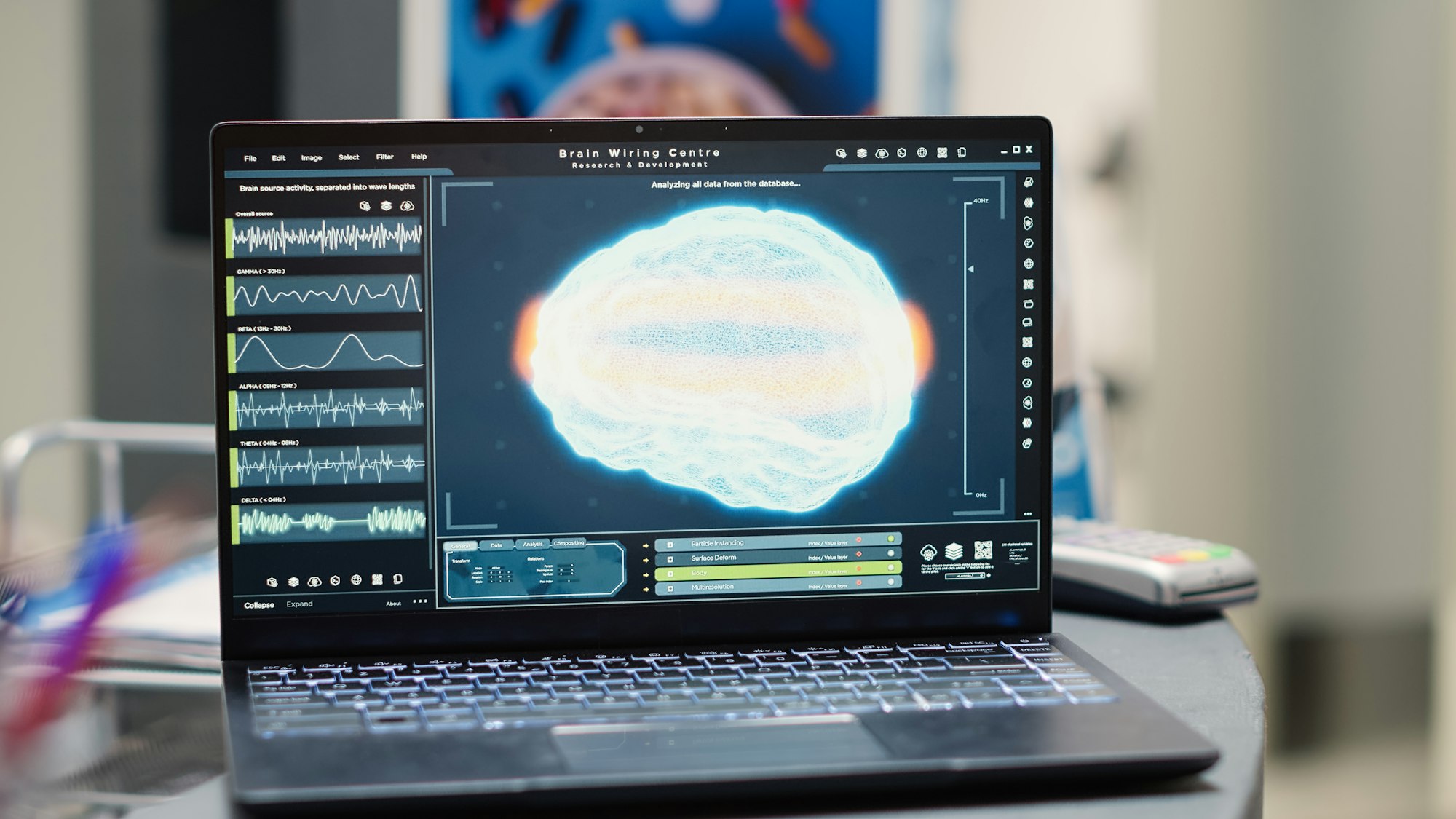Understanding the Pineal Gland: Anatomy and Function
The pineal gland, a small yet crucial endocrine organ, is nestled deep within the brain, situated between the two hemispheres in a groove where the two halves of the thalamus join. This pea-sized gland, though often overshadowed by its more prominent counterparts, holds significant importance in both physiological and spiritual contexts. Composed of pinealocytes, its primary function is the production of melatonin, a hormone integral to the regulation of sleep-wake cycles.
Melatonin and Circadian Rhythms
Melatonin synchronizes our circadian rhythms with the external environment. The pineal gland increases melatonin production during the night, facilitating restful sleep and promoting overall well-being. Conversely, melatonin levels drop during the day, helping us stay alert and awake. This cyclical release of melatonin underscores the gland’s pivotal role in maintaining our internal biological clock.
Additional Physiological Roles
Beyond regulating sleep, the pineal gland impacts reproductive hormones, immune function, and even aging. It responds to light exposure, receiving signals from the retina and adjusting melatonin production accordingly, illustrating its complex interaction with overall health.
Spiritual Significance
In spiritual practices, the pineal gland is often referred to as the ‘third eye.’ This metaphorical designation stems from ancient traditions associating the gland with heightened perception, intuition, and enlightenment. The pineal gland is considered a gateway to more profound spiritual experiences, fueling interest in its activation through practices such as meditation and manifestation. Dr. Joe Dispenza, in his work, discusses how focusing on the pineal gland during meditation can lead to profound spiritual and mystical experiences. Understanding its anatomy and function helps us appreciate why the pineal gland is viewed as a bridge between the physical and spiritual realms. It is essential for those on a journey toward spiritual awakening.
The Pineal Gland in Ancient Cultures and Spiritual Traditions
The pineal gland has long been prominent in various ancient cultures and spiritual traditions, often revered as crucial in the quest for higher consciousness and spiritual insight.
Ancient Egypt
In ancient Egypt, the pineal gland was symbolized by the Eye of Horus, representing protection, health, and restoration. This symbol, depicted in hieroglyphs and sacred art, was believed to be a gateway to divine wisdom and spiritual awakening.
Ancient Greece
Greek philosophers like Plato and Pythagoras recognized the importance of the pineal gland. Plato referred to it as the “seat of the soul,” suggesting its role in connecting the human spirit to the divine. This idea was echoed in various Greek texts, associating the pineal gland with enlightenment and the pursuit of knowledge.
Hinduism
In Hinduism, the concept of the ‘third eye,’ or Ajna chakra, resonates with the pineal gland’s perceived function. The third eye is seen as the center of intuition and insight, with its activation being a key aspect of spiritual practices such as meditation and yoga. Sacred texts highlight this chakra’s significance in achieving spiritual enlightenment and manifesting one’s inner potential.
Symbolism in Art and Literature
The symbolism of the pineal gland as the ‘third eye’ is prevalent in artistic and literary traditions. Ancient Indian art often depicts deities with a prominent third eye, signifying heightened awareness and spiritual power. Literature references the third eye in the context of vision, foresight, and spiritual awakening, underscoring its role in the human journey toward enlightenment.
Scientific Perspectives on the Pineal Gland and Spirituality
Modern scientific research seeks to understand the connection between the pineal gland and mystical experiences. One significant area of study involves the production of dimethyltryptamine (DMT), a potent psychoactive compound hypothesized to play a role in altered states of consciousness.
DMT and Altered States of Consciousness
The pineal gland might produce DMT, contributing to intense experiences reported by individuals during deep meditation, manifestation, or spiritual awakening. While definitive proof remains elusive, the possibility that the pineal gland influences perception and consciousness through DMT production is gaining traction in scientific circles.
Impact of Meditation and Mindfulness
Neuroscientific studies have explored how meditation and other mindfulness practices impact the pineal gland and overall brain function. Meditation can stimulate the pineal gland and enhance its function, potentially leading to improved sleep-wake cycle regulation through melatonin production. Consistent engagement in spiritual practices often results in reduced stress, improved emotional regulation, and heightened states of consciousness.
Practices to Activate and Decalcify the Pineal Gland
A holistic approach to activating and decalcifying the pineal gland involves lifestyle changes, dietary adjustments, and spiritual practices.
Dietary Adjustments
Reducing processed foods, refined sugars, and artificial additives can decrease harmful substance accumulation. Foods rich in antioxidants, like leafy greens, berries, and nuts, help detoxify the body. High-chlorophyll foods, such as chlorella and spirulina, support pineal gland health.
Environmental Factors
Reducing fluoride exposure, found in tap water and dental products, can mitigate pineal gland calcification. It is beneficial to use fluoride-free dental care products and water filters that remove fluoride. Additionally, reducing exposure to electromagnetic fields (EMFs) by limiting electronic device use and ensuring a low-EMF sleeping environment can improve pineal gland function.
Spiritual Practices
Meditation, particularly techniques involving visualization and deep breathing, can stimulate the pineal gland. Yoga poses such as the child’s pose, shoulder stand, and plow pose are also beneficial. Visualization exercises, such as imagining a bright light or energy at the forehead center, further enhance pineal gland activity.
Creating a Conducive Environment
A quiet, dimly lit space free from distractions deepens the meditative experience. Incorporating these practices into daily routines fosters spiritual awakening and supports the journey toward higher consciousness.
Conclusion
Understanding the pineal gland’s anatomy and function provides insight into its physiological and spiritual significance. The gland’s role in regulating sleep, influencing various bodily functions, and serving as a bridge between the physical and spiritual realms highlights its importance. The combination of scientific research and ancient wisdom offers a comprehensive perspective on this enigmatic gland’s profound impact on our lives.
References
- “Melatonin: Functions and Synthesis” – National Institutes of Health (NIH)
- “The Pineal Gland and its Role in Human Physiology” – Journal of Endocrinology
- Dr. Joe Dispenza, “Becoming Supernatural: How Common People Are Doing the Uncommon”
- “Symbolism of the Eye of Horus” – Ancient History Encyclopedia
- “Philosophical Perspectives on the Pineal Gland” – Stanford Encyclopedia of Philosophy
- “The Ajna Chakra and Spiritual Awakening” – The Yoga Journal
- “The Third Eye in Ancient Indian Art” – Art History Journal
- “DMT and the Pineal Gland: A Review” – Journal of Psychoactive Drugs
- “The Role of DMT in Spiritual Experiences” – Neuropharmacology Journal
- “Effects of Meditation on Pineal Gland Function” – Frontiers in Human Neuroscience
- “Detoxifying Foods for Pineal Gland Health” – Journal of Nutritional Biochemistry
- “Impact of Fluoride on Pineal Gland Calcification” – Environmental Health Perspectives
- “Yoga Poses for Pineal Gland Activation” – International Journal of Yoga
- “Visualization Techniques in Meditation” – Journal of Mental Health and Well-being




